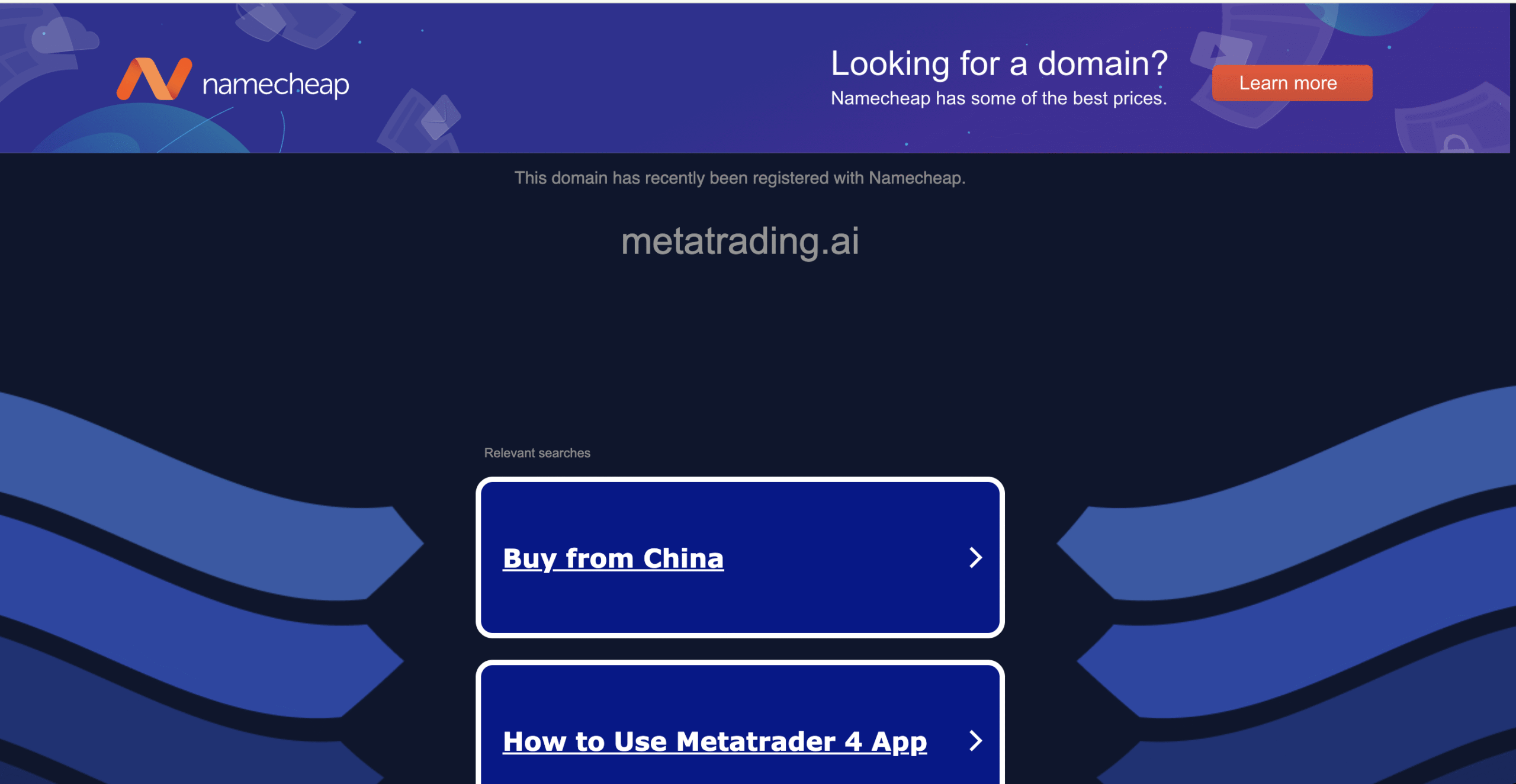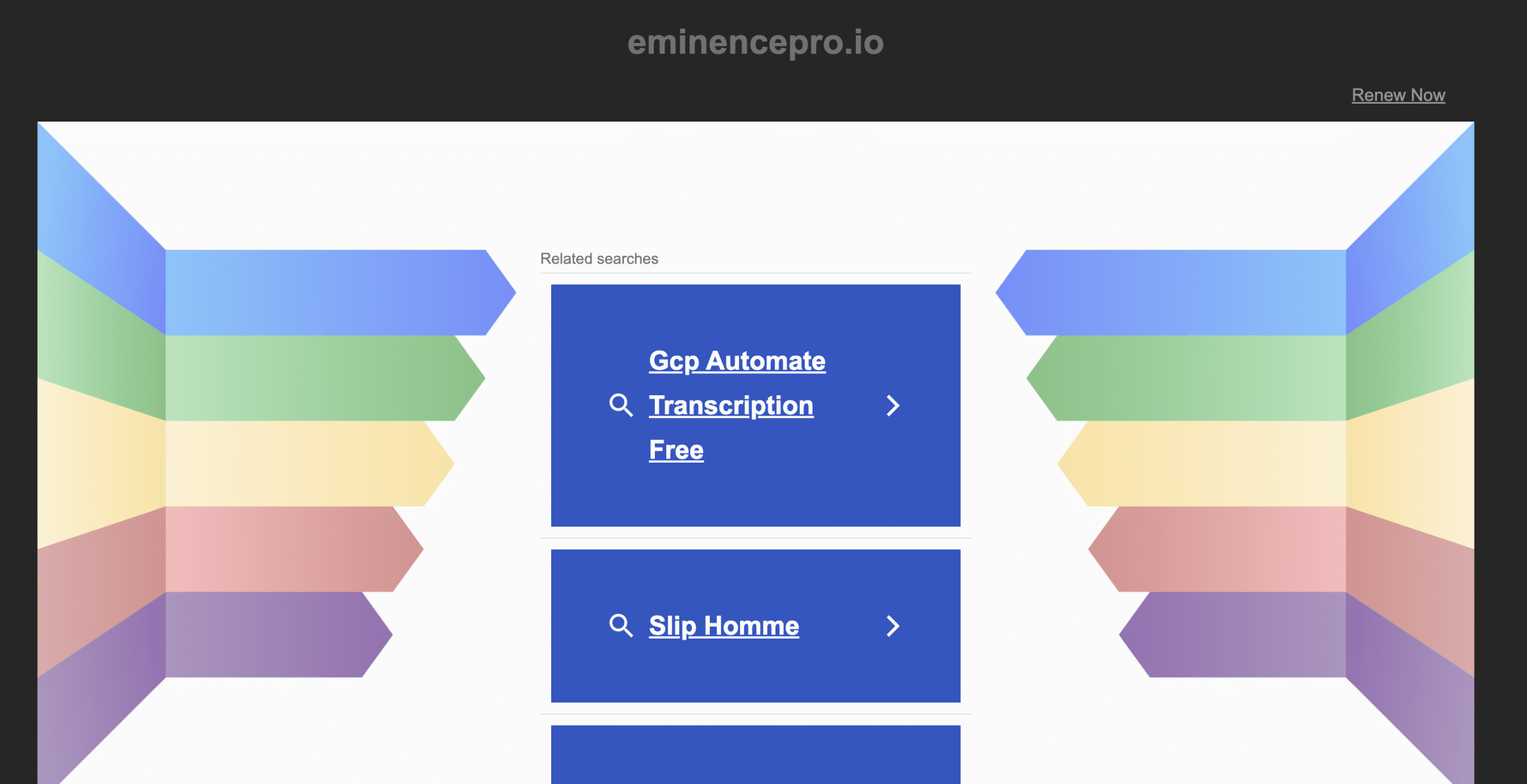1. Introduction: The lure of “AI trading”
The idea of automated trading powered by artificial intelligence is seductive: plug in a bot, let the machine trade for you 24/7, and reap consistent profits while you sleep. MetaTrading.ai claims to leverage advanced AI to trade forex, stocks, and cryptocurrencies automatically.
Yet time and again, such promises have been used in online scams to attract unsuspecting investors. The question is: Does MetaTrading.ai deliver? Or is it a trap?
2. What MetaTrading.ai claims to offer
-
An “AI-driven trading system” that handles trades across multiple markets: forex, stocks, crypto.
-
A “lifetime licence” or subscription model for accessing the bot or algorithm.
-
Promises of consistent returns, automated risk management, and minimal user intervention.
-
Marketing suggests you don’t need to be a professional trader; the bot does the heavy lifting.
3. The user complaint record: What customers are saying
a) Withdrawal difficulties & blocked funds
-
Users report: “After paying the fee, communication stopped.”
-
Examples include: “Just a hoax. My cousin and I have lost money to their fake bot and system.”
-
Many complain that as soon as they paid their fee, all communication ceased.
b) Poor performance / mis-representation
-
Users say the promised “bots” either never arrived, or delivered weak performance.
-
Example: “I paid $15k for this algo … one account had made a total of 6% and the other 10%. … before the 30 days was up I asked for the money back.”
-
Others report that supposedly “lifetime licences” were later limited or revoked.
c) Disappearance of website / company
-
Users report the website went offline, or the company claims to be “shutting down.”
-
Example: “Website is all gone and our money vanished.”
-
Some say the company changed names or moved into a new system to avoid responsibility.
d) Red flags in communication / external pressures
-
Users mention being pressured to deposit more money before withdrawals could be processed.
-
Support was reportedly non-existent or unresponsive once money was deposited.
Summary of user sentiment
Reviews frequently highlight “loss of funds”, “no withdrawal”, and “scam”. Taken collectively with other indicators, the pattern is deeply concerning.
4. External expert / website risk assessments
Independent sites that evaluate websites and platforms for reliability have flagged MetaTrading.ai with significant red flags:
-
Very low trust score; ownership hidden; domain registration is recent and uses privacy-protection.
-
The site is classified as “Suspicious website” and users are advised to avoid it.
-
Evaluations suggest it might be a scam, with low credibility and trust ratings.
5. Key red flags you should know
| Red Flag | Description | Evidence in this case |
|---|---|---|
| Hidden or anonymous ownership | Legitimate trading firms are transparent about owners, regulation, location. | Domain registered with privacy protection. |
| Unclear or no regulatory status | Firms handling client money/trading must be regulated. | No credible regulator listing found. |
| Promises of unrealistic returns | “High returns with low risk” is typical bait. | Marketing emphasized “automated AI” + “consistent returns” with minimal input. |
| Difficult or impossible withdrawals | The scam ends when you cannot get your money back. | Many complaints of blocked or ignored withdrawal requests. |
| Recent launch / short domain history | New domains often used for scams then abandoned. | Domain noted as ~1 year old. |
| Changes in terms or hidden caveats | “Lifetime licence” becomes “expires next month”. | Reports of “lifetime licence” later limited. |
| Pressure to deposit more / pay extra fees | Often after initial deposit you are asked for additional fees. | Users pressured for more funds to access services. |
| Website down / company disappears | Once the money is in, the operation vanishes. | Users report website disappearance and loss of access. |
6. What likely happened: Scam mechanics
-
Initial contact & marketing — Users are enticed by AI trading bots promising high returns.
-
Initial deposit & appearance of success — Small deposits may show minimal gains to build trust.
-
Larger deposit asked / add-ons — Users are encouraged to pay more for additional bots or packages.
-
Withdrawal blocked or ignored — When profits are requested, obstacles appear and communication may cease.
-
Operation disappears / rebrands — Website may vanish, leaving users with no recourse.
This pattern matches the testimonials reported by many users.
7. Possible defences or alternate explanations
-
The bot could have genuinely underperformed and the company mismanaged funds rather than intentionally scamming.
-
Users might have misunderstood terms and expected guaranteed profits.
While possible, the pattern of hidden ownership, withdrawal issues, and disappearing platforms strongly suggests high risk of fraud.
8. Why people fall for this & behavioural context
-
Greed + FOMO: Easy, automated profits are tempting.
-
Technical jargon: Terms like “AI trading bots” lend credibility.
-
Authority bias: If someone presents as a professional trader, people tend to believe them.
-
Lack of regulation awareness: Many investors do not check whether a broker is regulated.
-
Emotional investment: Once money is in, people chase losses, often falling into deeper traps.
9. Specific cautionary details about MetaTrading.ai
-
Ownership & registration: Company ownership is private, and the domain is new.
-
Performance claims vs actual results: Users report poor returns despite paying thousands for licences.
-
Withdrawal failures and site disappearance: Users report inability to withdraw funds and website disappearance.
-
Changing terms / bait & switch: Lifetime licences may suddenly have restrictions, and promised bots may not be delivered.
-
External risk rating: Trust and safety ratings are very low, indicating high risk.
10. Why regulation matters — and what to look for
Legitimate trading platforms provide:
-
Regulatory licence disclosure
-
Transparent fee structure
-
Realistic return expectations and risk disclosures
-
Verifiable track record
-
Segregated client funds and withdrawal transparency
MetaTrading.ai lacks these safeguards, increasing the likelihood of loss.
11. Comparison: MetaTrading.ai vs legitimate trading services
| Feature | Legitimate Platform | MetaTrading.ai |
|---|---|---|
| Regulatory licence | Transparent & verifiable | Hidden / unclear |
| Fee structure | Clear, upfront | Licence fees upfront, unclear performance terms |
| Realistic returns | Risk disclosed | Promises high, “guaranteed” returns |
| Withdrawal | Accessible without extra fees | Frequently blocked |
| Track record | Audited | Only testimonials, no verification |
| Company transparency | History & verifiable contact | Low trust, anonymous ownership |
| Terms | Clear & consistent | Changing terms, bait-and-switch |
12. Key takeaways
-
High risk of total loss of funds — user complaints and external assessments suggest the platform is untrustworthy.
-
Unverified performance claims — promised AI bots do not appear to deliver consistent returns.
-
Weak transparency and regulatory safeguards — hidden ownership, new domain, low trust rating.
-
Typical scam pattern — changing terms, withdrawal issues, disappearing website.
-
Safer alternatives exist — regulated brokers and verified investment platforms.
Verdict: MetaTrading.ai is highly likely to be a scam. Avoid it entirely if you have not invested.
Report MetaTrading.ai Scam and Recover Your Funds
If you have lost money to MetaTrading.ai, it’s important to take action immediately. Report the scam to LOSTFUNDSRECOBERY.COM, a trusted platform that assists victims in recovering their stolen funds. The sooner you act, the better your chances of reclaiming your money and holding these fraudsters accountable.
Scam brokers like MetaTrading.ai continue to target unsuspecting investors. Stay informed, avoid unregulated platforms, and report scams to protect yourself and others from financial fraud. Read More reviews at Scams2Avoid



